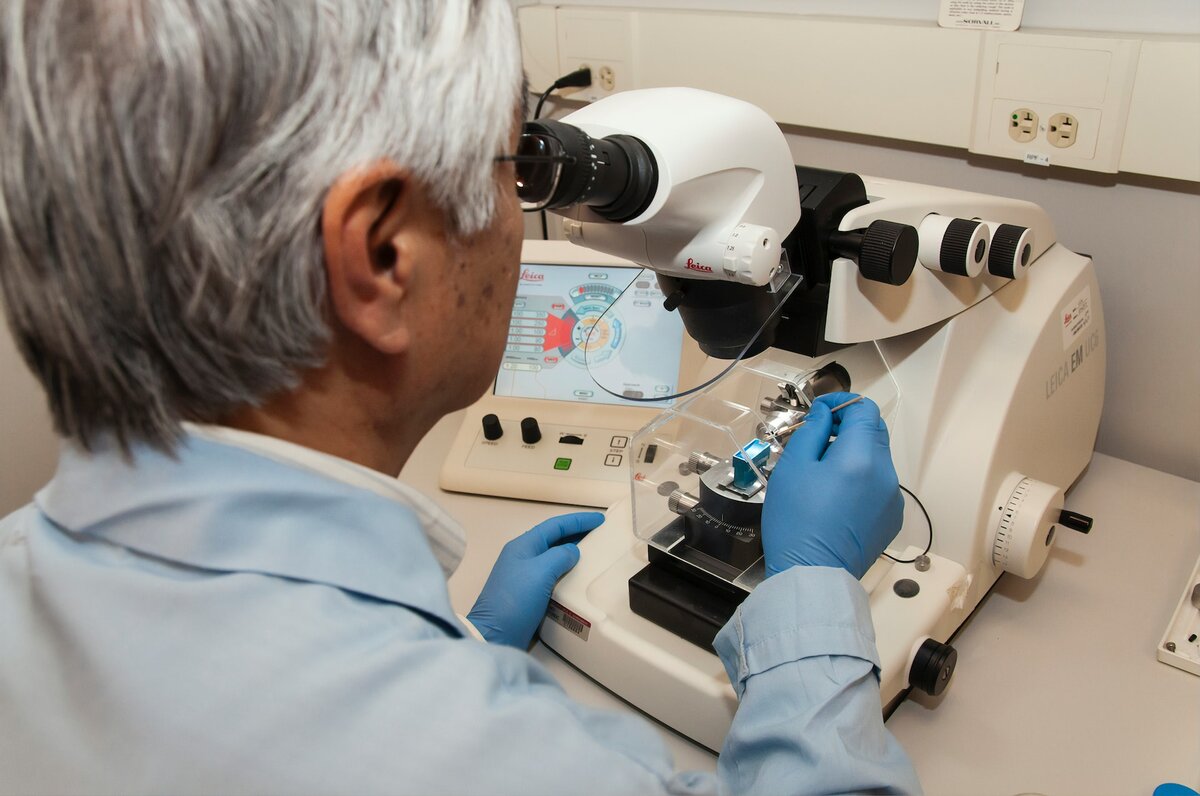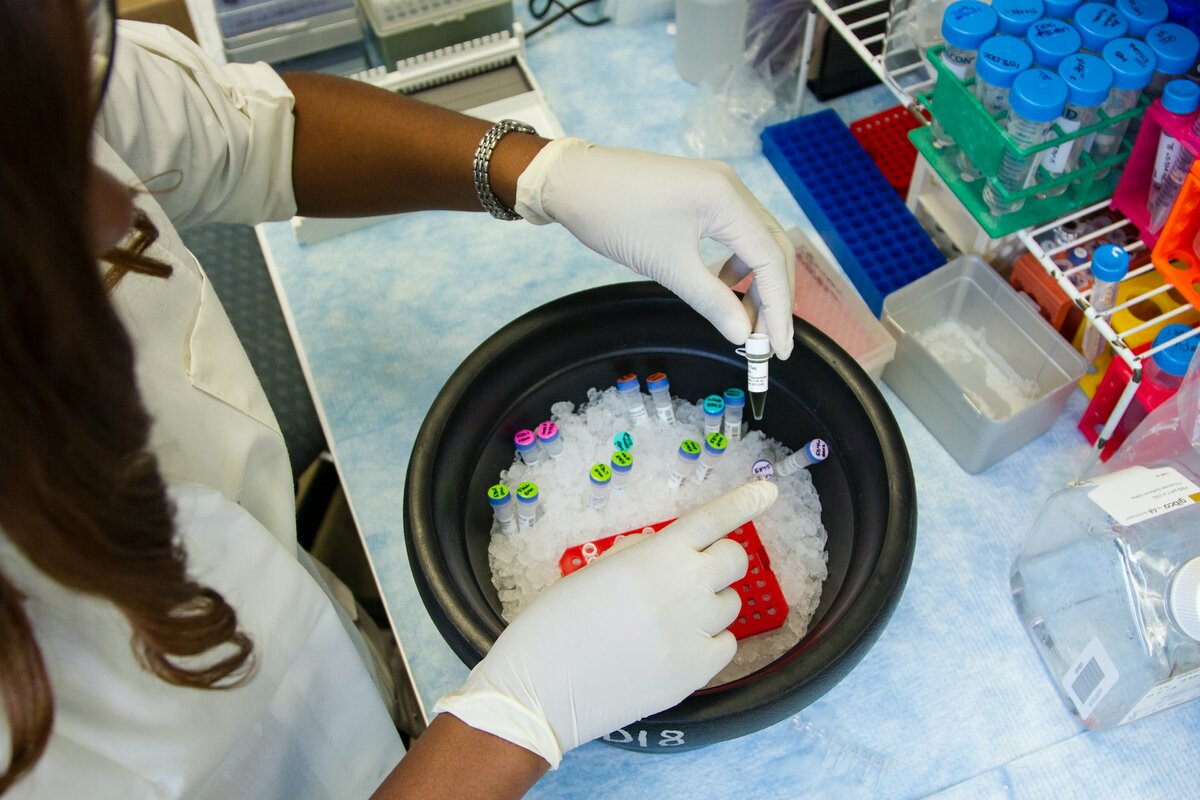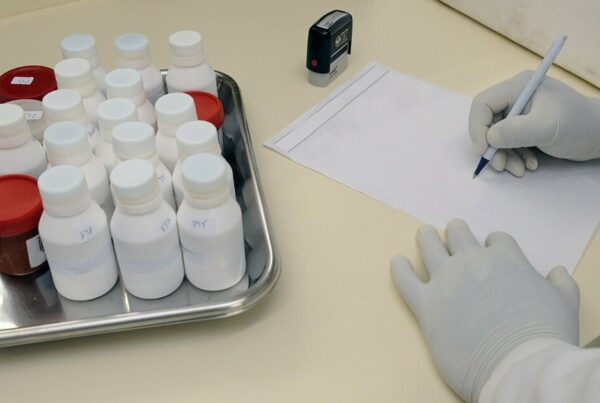Late stage clinical trials are growing in popularity as a way of using Real World Evidence and clinical trial methodologies to delve deeper into the thorough effects of newly marketed therapies and drugs. Those involved with this type of study are finding the ever-changing regulatory environment a frustrating minefield in an already expensive and time-consuming endeavor.
Still, the significance of this research to the pool of data available and the advancement of medicine as a whole cannot be ignored. With such a significant portion of studies failing at the final hurdles, and an average of 4500 drugs and devices recalled every year, it’s becoming clear that for studies to be considered thorough in the modern world, more and longer-term data need to be collected.
We’ll go into some detail about the challenges and strategies involved in this paper. First, here’s an overview of late stage trials and how they’re changing regulations and data collection.
Late Stage Clinical Trials: A Rapidly-Expanding Segment in Clinical Research
In general, it’s the role of Phase 3 trials to confirm the findings of Phase 2, but in a much larger population. From Phase 3, trials enter the late phases of testing, and this will include the effects of wider use and a narrowing down of the appropriate dosage. Near the time of approval, a subcategory of testing can be conducted to accumulate additional findings, in accordance with the requirements for regulatory authority approval.
From there, Phase 4 trials monitor for adverse effects, side effects, and the long-term efficacy of the treatment. As awareness of their significance grows, these late stage trials are driving an increase in attention and discipline from Real World Evidence (RWE) and late phase experts, who are combining real-world data and evidence to support clinical development. In fact, real-world, late phase (RWLP) studies are fourth in the top industry trends according to a global data survey.
These studies are generally split between interventional and non-interventional studies. The former being at the request of regulatory bodies to support current evidence in order to achieve full authorization for the market. Either type of study comes with its own financial, time, and design constraints which we will go into a little bit more later.
Non-interventional studies are often called observational studies, and they’re conducted in order to evaluate the safety and efficacy of post-market drugs using real-world clinical applications. This means their usage is consistent with how they are designed and approved to be used. The observational element of these studies relates to the fact that the study changes nothing in the way therapy is administered; Dosages, courses of care, and other practice standards remain in place, and the study merely records data on the outcomes of applying the therapy over time.
Interventional studies use randomization protocols similar to early-stage clinical trials, with a large number of enrolled participants, and can include an observational element, but will assign different treatment groups to actively test variables relevant to the study. Although patients are randomized, they are able to be directly observed as they would in a non-interventional study, allowing for the collection of RWD.
Non-interventional studies generate real-world data by broadening the value of a treatment. This can be a prescribed or purchased drug that isn’t provided by a sponsor and is provided in accordance with the terms of the marketing authorization. These gather further evidence of the efficacy of the drug as a treatment.
Examples of interventional studies are late Phase 4 studies, extended access programs, and competitive marketing claims studies. Non-interventional studies include natural history studies, medical chart review studies, and post-authorization safety studies.
These differences come with differing regulatory frameworks. Non-interventional studies don’t need to follow GCP, and aren’t subject to such strict data-formatting guidelines. However, they still need to deliver high-quality data to be considered valid.
These studies answer critical questions about the post-approval, long-term effects of a drug, and its impact on a wider range of patients. Optimal, cost-effective management of these late phase trials involves detailed analysis, access, and interpretation of the appropriate data to bridge the distance between clinical trials and medical practice.
How Late Phase Clinical Trials are Affecting Regulation
To understand how these trials drive regulatory change, let’s take the example of missing information. In trials, every outcome is important, and yet in most cases, only successful results are published. At least, until recently.
Around half of all drugs fail at the late stages of clinical trials. Despite this, a worrying number of failed tests are not published. This leads to some potentially dangerous and unethical omissions in the data available.
Even failed trials generate valuable information that can inform clinical practice; for example, a failed drug may indicate certain considerations for the safety of other approved drugs in its class. These findings can contribute to the medical process as a whole, and therefore should always be available to future researchers as published accounts.

All in all, the lack of sharing of important information in late phase trials results in a potentially dangerous waste of resources and a diversion of attention from more productive areas of research. This understanding has inspired the National Institutes of Health, in 2016, to propose regulations that would require unapproved drug results to be published and accessible from the US National Library of Medicine’s ClinicalTrials.gov database.
In 2017, this regulation came into effect when the “final rule” came into effect; a law that was subsequently ignored by many sponsors with little to no repercussions. A recent Federal ruling has now demanded that upwards of 1000 non-compliant clinical trials publish compliant data immediately. This, hopefully, will inspire future trial organizers and sponsors to implement the new regulations as part of the trial design.
So, the focus on late stage trials drives new regulations but there are other changes in the pipeline. The large-scale nature of this late stage research makes it a candidate for some of the largest data collection of any other component to clinical research.
Data Requirements
The pharmaceutical market is on the rise globally and manufacturers are rapidly expanding with it to reach new regions and find new therapies another way that the culture of regulation is being affected by clinical trials, and late phase trials, in particular, is in the requirement for new levels of data security surrounding approval, validation, and production.
Because of all this, late stage trials are being pressed to supply stakeholders with the relevant real-world experience and the amount of data for this represents a significant increase in the information collected, stored, accessed, and reported. These data are required for new expectations around the long-term safety and efficacy of new products as they are applied in a broader context in real-world applications.
These stakeholders include sponsors, of course, but also healthcare providers and consumers themselves, as more people involved in research are exposed to the way things work (and the way they often don’t). All of whom are demanding that the application of these therapies matches the promises made that new therapies will provide better outcomes than the previous generations, and looking for the real-world evidence to back this up.
The Major Benefits of Late Phase Studies
Phase 3 trials are where the highest levels of evidence are gathered that a treatment is efficacious and safe to use on a wide range of patients. These are expensive trials with large sample sizes, and as such, require significant financial investment from sponsors, and an equally significant personal and professional investment from patients and researchers.
This makes the success of late phase studies particularly important to all stakeholders, and with so many therapies failing at this stage, it’s possible to get a sense of why this is. It’s worth remembering that even a failed therapy is a success in protecting patients, as many therapies that have passed animal testing and early human trials do turn out to create potentially dangerous adverse effects and even death when tested on a wider population.
This alone signifies the tremendous benefit of the investment into late phase studies, and why stakeholders are willing to contribute so much to them. With this in mind, it’s important to manage the cost-to-reward ratio in a way that minimizes the resources required without sacrificing the power of the studies. These considerations are an absolute necessity when developing a late stage study strategy.
By way of example, studies have shown that investing in late-stage clinical trials, sites, and production capacity for authorized therapies could improve access to vaccines, therapeutics, and infectious disease diagnoses in middle-income countries.
Considerations for Late Phase Clinical Trials
There is no generalized approach available to designing late phase trials for RWE; each trial will need a bespoke solution and have its own requirements. However, planning should begin early, and should already be scheduled by around the time the Phase 1 trials begin. This gives time for the design to eliminate redundancies, speed up the process and ultimately lower the costs. Further, this drives successful therapies toward positive patient outcomes much faster.
Sponsors need to ensure that late stage studies adhere to the therapeutic standard of care described in the rest of the study. Essentially, if new procedures are introduced during a non-interventional late phase study, it will invalidate this status and need to be regulated under interventional guidelines and enacted accordingly.
Timing is also increasingly important when designing late stage trials. Part of planning ahead relates to timing the optimal moment to initiate analyses, as early in the product development cycle as needs be, and in time for post-market analyses.
Finally, keeping things simple will increase the likelihood of success. As with everything in clinical trials, the easier it is for patients and sites to comply and execute the study, the smoother things will go. Secondary data comes in handy here, as it can reduce the need for entry points, subsequently removing a lot of the room for duplication and other human error.
The goal of gathering real-world data through late phase trials should always be to maximize the return on the substantial investment offered by all stakeholders by way of decreasing the burden of patients and sites. With all these considerations in mind, we’ve compiled a list of best practices to help plan and define a strategy for late phase clinical trials.
Strategizing for Late Phase Clinical Trials
As we’ve seen, there’s a lot to consider in late stage studies, and the first place to start is the type of study itself. The ultimate goal of the study will determine which of the two types of study to conduct, and this decision will then shape the entirety of the proceedings it initiates. However, for all strategies, consider the following three steps:
1. Determining the study type
For your study type, it’ll come down to your long and short-term goals. Establish whether an interventional or non-interventional study is best, and then decide on the data collection you’ll need. Different purposes require different data; here’s a look at some of those purposes:
Simple surveillance – If regulatory authorities demand more data to verify safety and efficacy over a longer period or a wider sample size, a post-market surveillance, non-interventional study might be best.
Identifying adverse effects – Many countries will ask for a thorough accounting of the detection and prevention of long and short-term adverse effects and side effects of a newly-marketed therapy. This can be achieved with the collection of data for pharmacovigilance purposes.
Risks and effects – Research that focuses on the associated risks with a product will pay close attention to the utilization and effects of its use, and may involve interventional or non-interventional research.
RWE for quality of life – the ultimate goal of clinical research is to improve subjective measures of well-being for patients, and post-market research can be used for this too.
Comparative assessment – Assessing the economic and clinical markers of a therapy in relation to its alternatives, both drugs and other treatment options, will involve comparative effectiveness research.

2. Complying with data requirements and regulations
As late stage study requirements are continually growing, there is an ever-evolving set of compliance guidelines following it. This changing environment represents one of the most significant challenges in strategizing for later-stage research, and can have significant implications for its success.
There are different levels of stringency, differing timelines and requirements, and different resources available depending on the type of research, the location of the study, and other factors that need to be established. One of the keys to maximizing the investment that goes into your research is streamlining the way in which regulatory challenges are overcome, and this is easier said than done.
One way to manage global divergence in regulatory requirements is to approach it from a regional perspective. For each region, identify the regulatory contact point, and work with them to define your trial under that particular market’s definition.
From there, submission elements can be identified, and the relevant data can be brought together and submitted. Then, it’s just a matter of ensuring ongoing compliance. Again, easier said than done, but trying to stay on top of regional market trends can go a long way to saving time down the road. With this behind you, it’s time to look at the resources available to you.
3. Make use of local resources
It’s always a good idea to have someone on the inside. In-region partnerships should be more familiar with the up-to-date requirements relevant to your study and can help you navigate clinical, reimbursement, and regulatory landscapes in the target region, among other trends. These partnerships can draw your attention to cultural things you’ll otherwise miss, and this can be a huge time and money-saver.
Finding and managing these partnerships are going to throw up their own challenges. Making sure you have the necessary auditing capabilities in place will make all the difference in maintaining these relationships once you’ve managed to establish them, as many regions are going to regulate their in-region firms as an extension of their partner manufacturer. This makes centralized management of partners all the more critical in an evolving Phase 4 environment.
Conclusion
Currently, conducting late stage studies is like chasing a moving target, and the need to plan ahead seems offset by the rapidly changing environment of regulations and opportunities. However, the thorough nature of observational and interventional studies is needed to ensure that a marketed product is safer and more efficacious than its predecessors and competitors.
With this in mind, it’s a matter of reducing the resources needed as much as possible to make the investment as powerful as it can be, and pushing to stay ahead of regional trends to minimize redundancy and hindrances where feasible. Finally, it’s important to publish the failed results of these late stage clinical trials as a way of making data accessible for further research.







